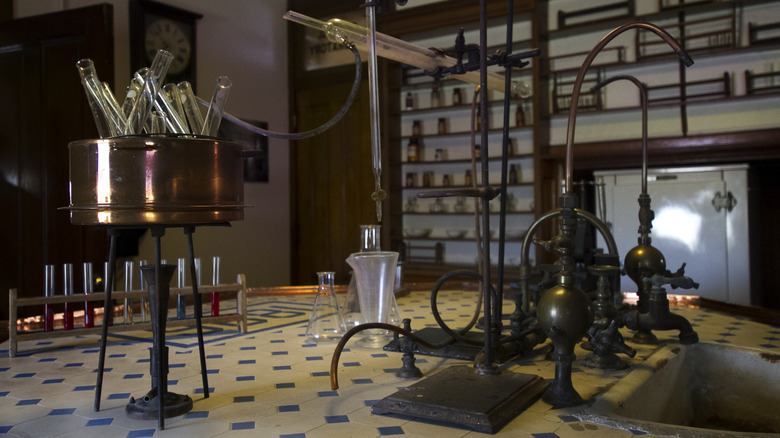An Indiana Museum Is A Fascinating Attraction Of Medical Oddities And Intriguing Discoveries
Indianapolis is the up-and-coming capital of Indiana, boasting the title of the best beer city in America. It is also known for the scenic Massachusetts Avenue, a district famous for its art galleries and local shops. Another reason to visit the underrated city is the Indiana Medical History Museum. The unique museum documents, displays, and explains scientific medicine from the late Victorian era to the early 20th century, the only pathology facility from that era still in its original state. It is a fascinating place full of scientific marvels, and the gorgeous federal-style brick building is listed on the National Register of Historic Places.
Get a guided tour of the two-story museum for $10 per adult and $5 for children under 18. However, unlike the Children's Museum of Indianapolis (one of the best children's museums in America), the Medical History Museum is unsuitable for little ones due to sensitive subject matter, such as death, mental illness, and autopsies. Also, the one-hour tour and its hands-off policy are not particularly child-friendly. Since it is a heritage building that has not been remodeled, the site does not have an elevator. However, anyone with mobility concerns can physically tour the first floor and visit the rest of the museum on a virtual tour. The museum offers tours in English and American Sign Language.
A tour of the fascinating Medical History Museum
In its former life, the Indiana Medical History Museum was the Old Pathology Building of the Indiana Hospital of the Insane. When it opened in 1848, it was only the second science lab investigating the physical causes of mental illnesses. When the word "insane" became inappropriate to describe people with mental illness, the hospital changed its name to Central State Hospital. Most buildings on the hospital grounds were torn down after World War II, except for the Old Pathology Building, which became the Indiana Medical History Museum in 1969 and opened to the public in 1984.
As you tour the nostalgic building, channel your inner Nancy Drew or Sherlock Holmes. The facility has a medical library, an anatomical museum, three clinical laboratories, a photography laboratory, and a 100-seat amphitheater. The teaching and learning occurred in the amphitheater, including performing autopsies and embalming bodies. Before you leave the room, look for the draining sinks close to the front, morbid yet compelling evidence of the room's purpose. You will encounter curiosities from the bygone era, such as antique microscopes, test tubes, and shelves of medical journals. One of the most intriguing artifacts is an antique centrifuge. It has a small handle on the side, and by turning it, the propeller spins and separates particles.
The specimens on display are also captivating. These include chemical stains in old-fashioned glass jars, 100-year-old skeletons, and brains floating in formaldehyde. Though macabre, the museum tries to humanize the specimens, providing stories of the people who are gone but not forgotten. The museum represents the beginning of scientific psychiatry and modern medicine and how much progress science and society have made since the construction of the building.

